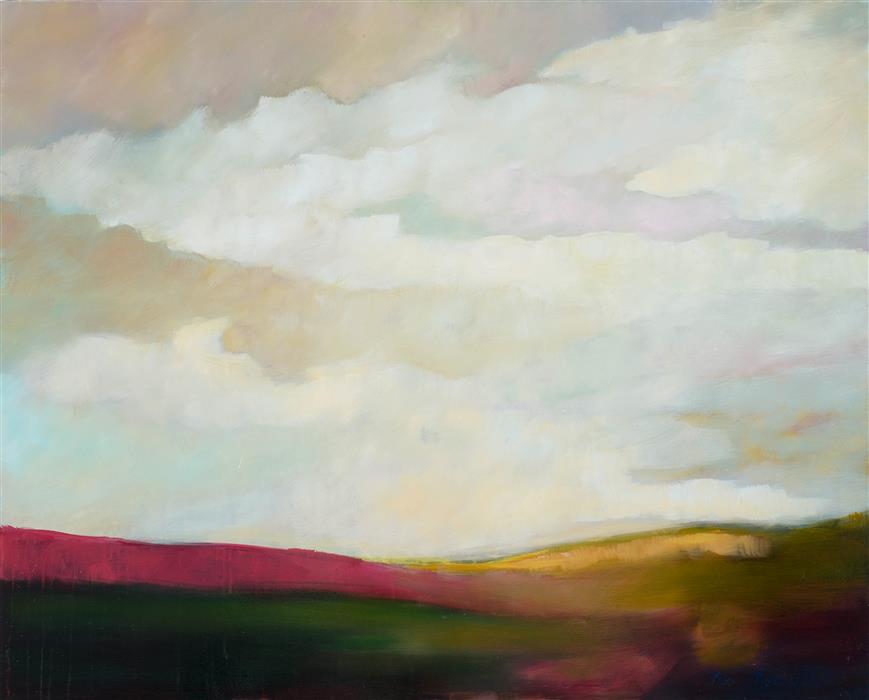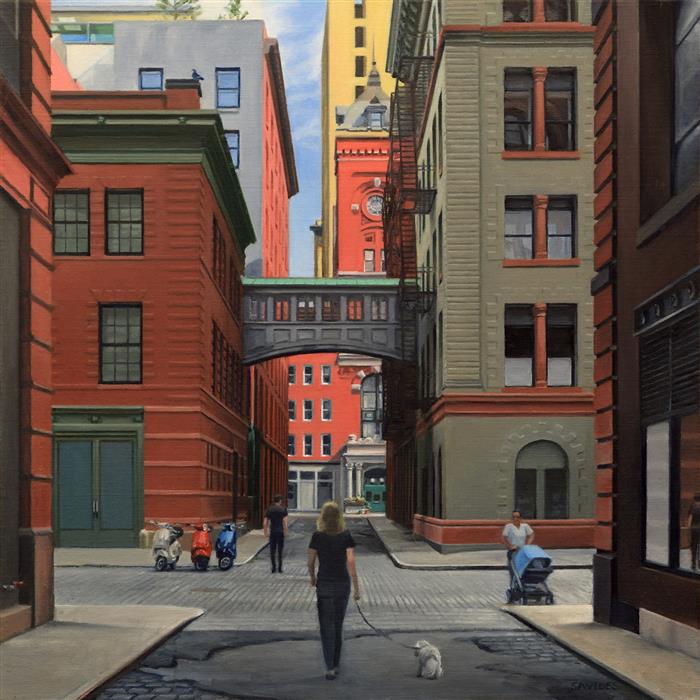Art Forms: An Interview with Author and Art Historian Dr. Noah Charney
Photo Credit: Urska Charney
Art Forms is a series of articles in which we interview influential people from all realms of the arts, from writers, to dancers, to art historians. In these interviews, we discuss various art forms and their place in today’s culture.
Joining us this week, is international best-selling author and professor of Art History Dr. Noah Charney. Noah has two masters degrees and a PhD in the History of Art. With a special zeal for art crime, Noah has written several books on the subject including his debut novel, The Art Thief and The Art of Forgery. Noah has also written countless articles that cover all aspects of the art world and has been published in publications such as The Guardian, Atlantic, Salon, and The Washington Post, among many others.
In this article, we ask Noah about the role of affordable art in today's society, take a look back at 17th century art trends, and discuss the positive and negative effects of technology on contemporary appreciation of art.
In March, you wrote an article on the affordable-art paradox for Salon Magazine. Would you give a brief synopsis of the paradox?
The basic principle is that art that is less expensive seems less desirable, regardless of its quality. If a Picasso cost $100 it would not induce the same raptures as if the same work cost $1 million.
How does the rise of technology and online art galleries play into the paradox? And, what does this mean for artists and collectors in the long term?
Technology makes it easier for anyone to research art and artists, for anyone in the world to see what art is for sale or where art is displayed. But while it increases superficial access, it does not make people experts (rather, it gives the illusion of knowledge, but it is a knowledge that is only google-search deep). That’s one side of it. The other is that it increases the potential buyer’s market for art, but ironically only for inexpensive works. Studies have shown that people are very hesitant to buy anything online that costs more than $150, which seems to be some magic cutoff point for impulse, online buying of products that buyers have not seen in person. There is a social dynamic to buying high-end art, and it involves seeing works in person, a social component to seeing and being seen at auction and gallery events, conspicuous consumption. This dates back to the Renaissance, when being a patron of art was something one did for the public’s approbation, as much as private enjoyment. By “public” this usually meant a small, closed group of peers who you’d like to impress with your taste and wealth. It still does today.
In what ways has technology changed the way that visual art is appreciated? Do you see this happening across other art forms (dance, literature, music, etc.)?
Technology greatly assists research. I can write about art without traveling to it. I discovered details in The Ghent Altarpiece that I’d never seen in person, when I examined the digital 1 billion pixel online version—and that was after I’d written a whole book on it! But there’s a danger that someone will see a digital image of a work and decide that they’ve “seen” it and don’t need to visit it in person. Seeing art in person is a world of difference, providing a visceral, emotional experience that cannot be reproduced digitally. So it’s important not to think you’ve truly “seen” a work until you’ve seen it in person. I’m not sure there are direct equivalents in other media. Perhaps seeing a band play live is a parallel, in that it is much more visceral than just hearing a recording.
Ghent Altarpiece (11.6" x 15.1") by Jan Van Eyck and Hubert Van Eyck, wood, tempura, oil paint, 1432
Historically, art has been reserved for wealthy patrons. Now, with the openness of the Internet, “affordable” art is becoming more and more readily available. As an art historian, have there been any similar moments in history when art became more accessible to the public?
Yes. 17th century Dutch art was the first to be painted on spec and sold through galleries, in the modern sense, with paintings of a small scale to be displayed in private homes of the middle and merchant classes, not ostentations public, clerical and noble patronage. The popularization of drawings was another step (Giorgio Vasari, the subject of my next book, was the first great collector of drawings), as drawings were more portable and affordable. Prints, in the 16th century, likewise made it feasible for those of modest wealth to own a great artwork, since they were less expensive and reproducible. Those were the biggest steps forward toward democratizing art collecting.
I’d be interested to hear your perspective on the role of paintings and fine art in our culture that is so driven by movies, television, pop music, celebrities, etc. What is the value of fine art these days and who does it benefit?
Fine art of top quality remains something of a niche medium, but as such it retains its street cred in being a sign of erudition, good taste, intelligence. If you own, collect, display, enjoy art, it shows others that you are worldly, thoughtful, appreciate beauty, and it assumes a level of wealth (or at least a keen eye)—all positive things. The fact that it is not ubiquitous makes it more of a status symbol. It also never loses value, even in a recession, so it is a good investment, provided that it is by a recognized artist.
How would you describe your own taste in art? And, if you collect, what do you gravitate towards?
I don’t sell enough books to collect what I’d really love to own! However I have a beautiful painting by the Spanish artist, Aitana Martin, which I love. I’ve got a watercolor by Tomaz Schlegl, and several engravings by Gustav Dore. I’ve got a purple thumb print by Ulay. These people are friends, as well as great artists, and that makes owning their work that much more special. I’d love to own a Durer print, and they are priced within the range of us “normal” folk, so that is perhaps a good goal. I’ve seen an incredible Ribera painting sell for less than $100,000. I didn’t have that money to spend, of course, but in the grand scheme of the art world, that he could be relatively under-priced astounded me.
If you could have one piece from UGallery, what would you choose?
I like the aesthetic of Nicole Ryan’s landscapes and the Hopper-ish-ness of Nick Savides.
The Wandering Lost (24" x 30") by Nicole Ryan, oil painting
Special thanks to Noah Charney!





